Question: "What is the 'anti-microbial' part of the service for? What has that to do with finding a leak?"
Answer: Rain water is full of contaminants, including mould spores. They will certainly find something in your car to grow on. It's true they are in the air all the time, but because your car now has a leak, it provides the perfect sheltered, damp environment for mould to grow. It's most likely that you will see it first on your seat belts because you touch those a lot and leave dirt behind. If you have kids, there is a high chance there are lots of areas in the back where traces of food provide places for the mould to grow.
And if mould and fungus can grow, bacteria can too. This can all turn into a health hazard, and many customers who bring cars to us with leaks complain that they have had a cold they can't shift or had chest infections. So we start off by fogging your car with an anti-microbial, antibacterial disinfectant which makes the car safe.
We do it when we first get the car because then it's safe for us to work on, but also, if it is full of water, the disinfectant gets into the water and gets everywhere the water is.

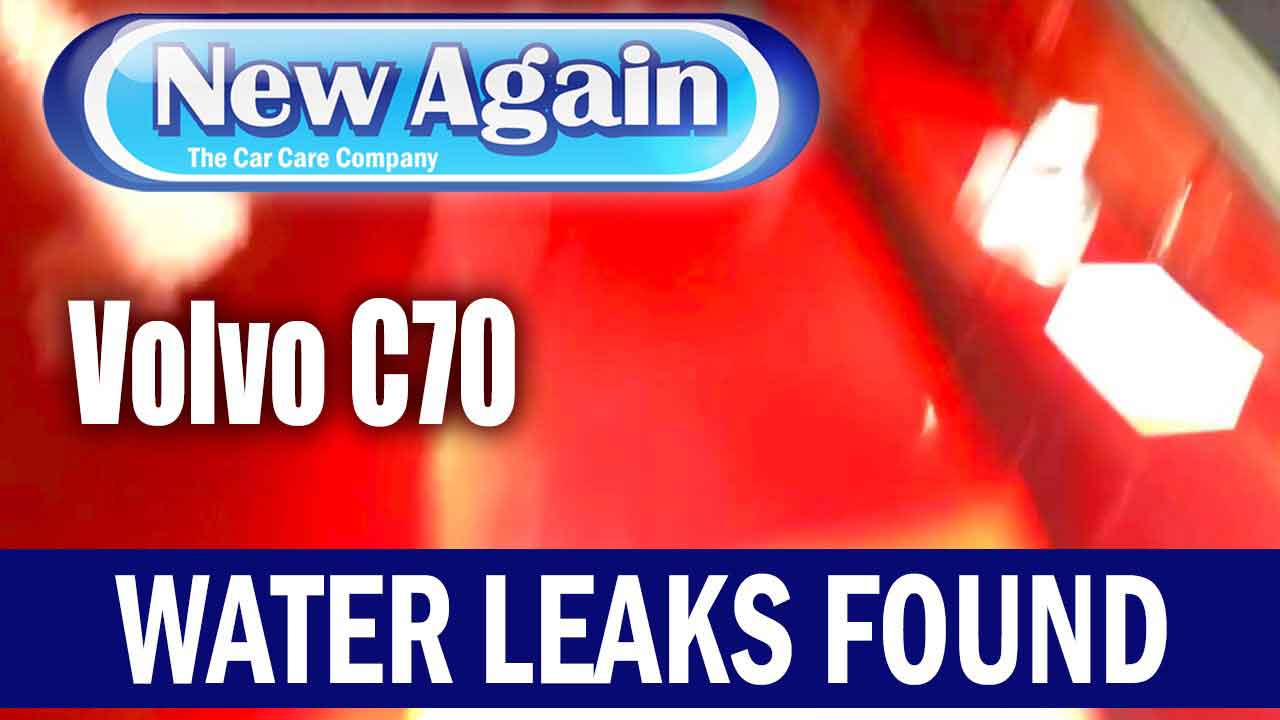
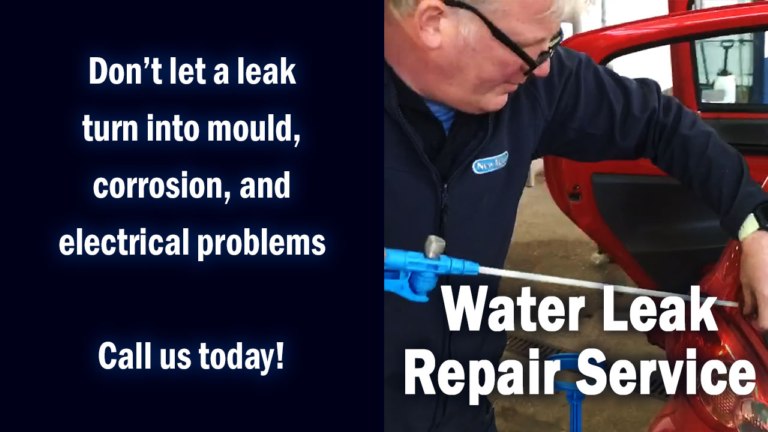
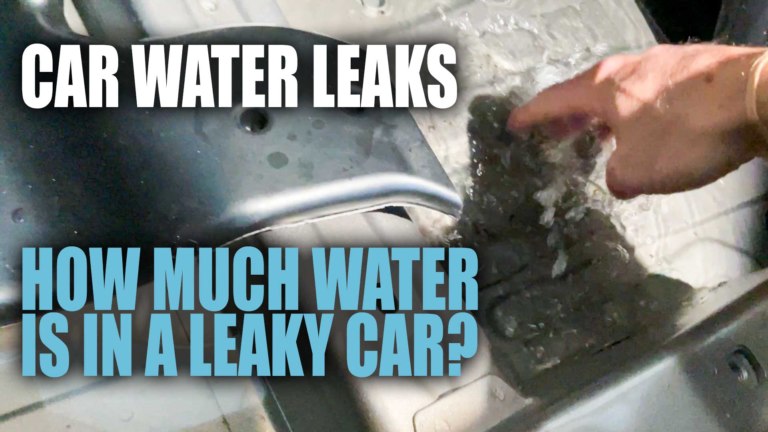
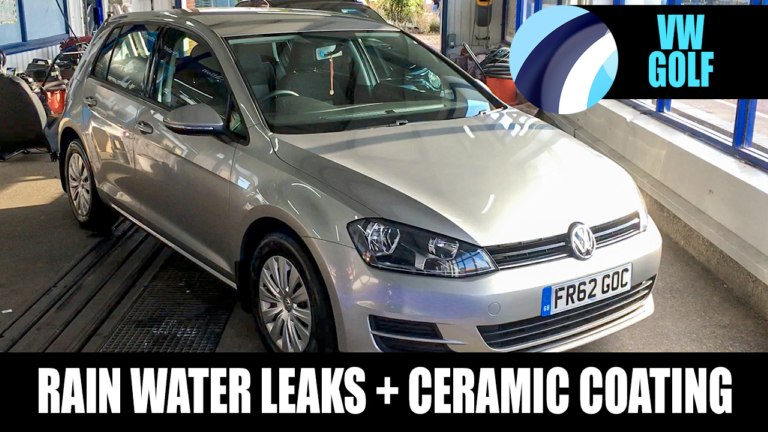

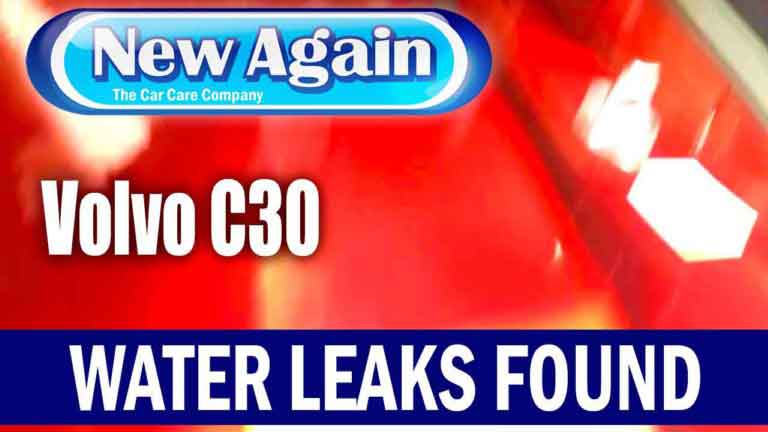
Share this blog